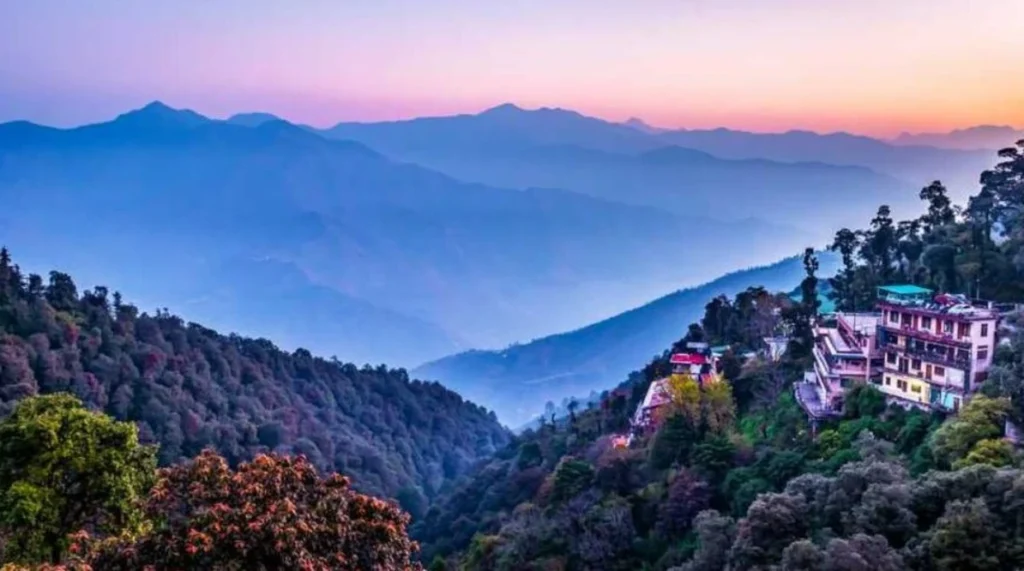Discover the cultural richness of Imphal East, Manipur! Explore historic sites, scenic landscapes, vibrant traditions, and the essence of Manipuri heritage.

Explore the Hidden Wonders of Imphal East District!
Imphal East District, located in the northeastern state of Manipur, India, is a region of historical significance, natural beauty, and cultural diversity. Covering an area of approximately 709 square kilometers, this district is one of the eleven administrative districts in Manipur. Imphal, the state capital, is situated within its boundaries, making it a pivotal hub for commerce, administration, and culture.
The district is characterized by its diverse topography, which includes fertile plains, lush valleys, and rolling hills. The Manipur River, flowing through the district, plays a crucial role in the region’s irrigation and transportation. The landscape is dotted with serene lakes, such as the iconic Loktak Lake, which is known for its floating phumdis (heterogeneous mass of soil, vegetation, and organic matter).
Imphal East District boasts a rich historical legacy. The district was a key center during World War II, and remnants of the war, such as war cemeteries, can still be found here. The district is also home to the Kangla Fort, which holds immense historical significance for Manipuris. This ancient fort served as the royal palace and administrative center for centuries, and its archaeological remains provide a glimpse into Manipur’s royal past.
Cultural diversity thrives in Imphal East District. The district is inhabited by various ethnic groups, including the Meiteis, Nagas, Kukis, and various other tribes. This diversity is reflected in the district’s vibrant festivals, music, dance, and cuisine. The Manipuri classical dance, known as Manipuri Raas Leela, is a cultural gem that has gained international recognition.
Agriculture is the primary occupation of the people in Imphal East District. The fertile plains support the cultivation of a wide range of crops, including rice, maize, pulses, and vegetables. The district’s agricultural practices are often sustainable and eco-friendly, reflecting the harmonious relationship between the people and their environment.
In recent years, there has been a growing emphasis on education and development in Imphal East District. The district is home to several educational institutions, including colleges and schools, which are contributing to the intellectual and social progress of the region. The improved infrastructure has also led to economic growth, with small-scale industries and businesses thriving.
Connectivity has improved significantly in Imphal East District, thanks to better road networks and transportation facilities. Imphal, the district headquarters, serves as a transportation hub connecting the district to other parts of Manipur and the northeastern region of India. This improved connectivity has boosted tourism, with visitors coming to explore the natural beauty, historical sites, and cultural richness of the district.
Famous Places in Imphal East District
Imphal East District in Manipur, India, is home to several famous places that showcase the region’s cultural, historical, and natural heritage. Here are some notable attractions:
Kangla Fort: This ancient fort served as the royal palace and administrative center for Manipur’s rulers. It holds immense historical significance and features archaeological remnants that offer a glimpse into the state’s regal past.
Ima Keithel (Mother’s Market): Known as Asia’s largest all-women market, Ima Keithel is a bustling market where local women traders sell a wide variety of goods, including traditional Manipuri handlooms, handicrafts, and spices.
Loktak Lake: Located on the outskirts of Imphal East District, Loktak Lake is the largest freshwater lake in Northeast India. It is famous for its floating islands (phumdis) and is a vital ecosystem that supports diverse flora and fauna.
Manipur State Museum: Situated in Imphal, this museum houses a remarkable collection of historical artifacts, manuscripts, and traditional art, providing insight into Manipur’s rich cultural heritage.
Shree Govindajee Temple: This historic temple, located in the heart of Imphal, is dedicated to Lord Krishna. Its exquisite architecture and religious significance make it a must-visit for tourists and devotees alike.
Andro Village: Known for its traditional pottery, Andro Village offers visitors a chance to witness the age-old craft of pottery-making. The village also features a cultural complex showcasing Manipuri traditions.
Manipur Zoological Gardens: Located near the Iroisemba village in Imphal East District, this zoo is home to a diverse range of indigenous and exotic animals, making it a great spot for wildlife enthusiasts.
Sekta Archaeological Living Museum: This unique museum offers a living history experience, showcasing prehistoric artifacts and replicas of ancient Manipuri dwellings, providing visitors with a glimpse into the region’s past.
Shree Shree Bijoy Govindaji Temple: Another significant temple in the district, this temple is dedicated to Lord Krishna and is known for its exquisite architecture and religious festivals.
Khongjom War Memorial: Located near Khongjom village, this memorial commemorates the Battle of Khongjom, a historic battle between the British and Manipuri forces in 1891. The site offers a poignant reminder of Manipur’s struggle for independence.
These famous places in Imphal East District offer a blend of history, culture, and natural beauty, making it a captivating destination for travelers interested in exploring the unique heritage of Manipur.
Read More :-
